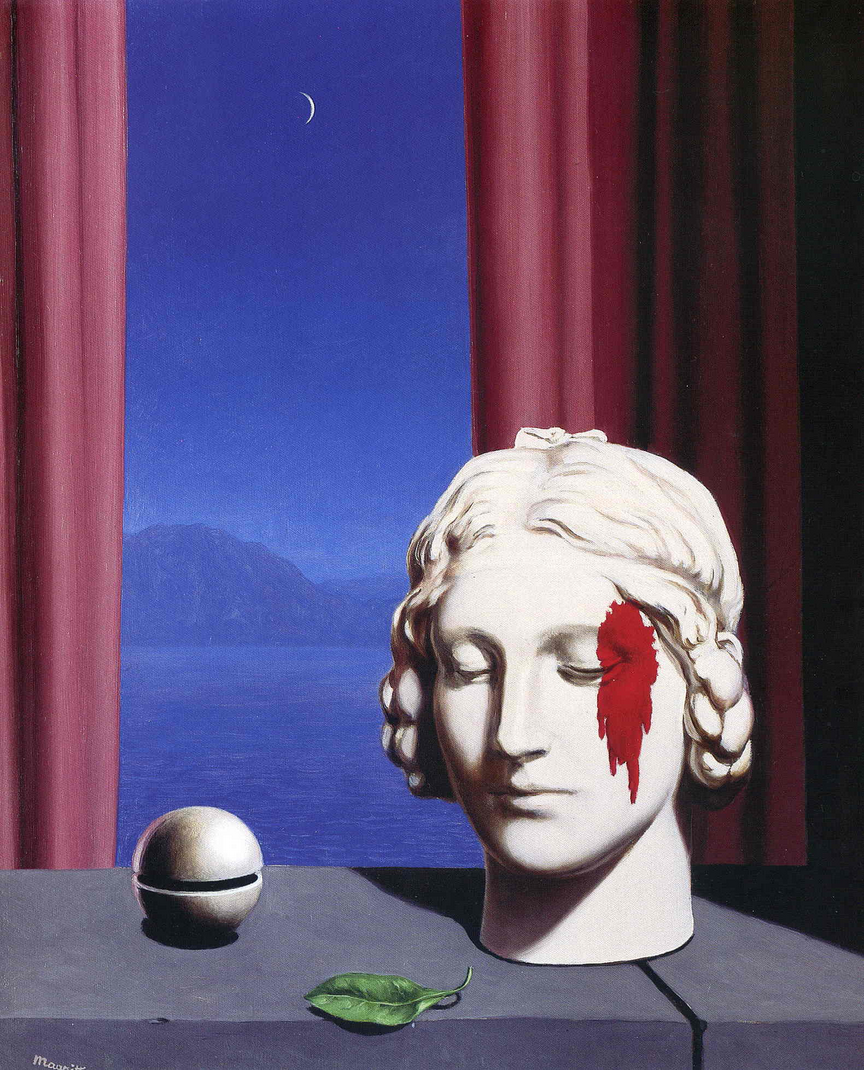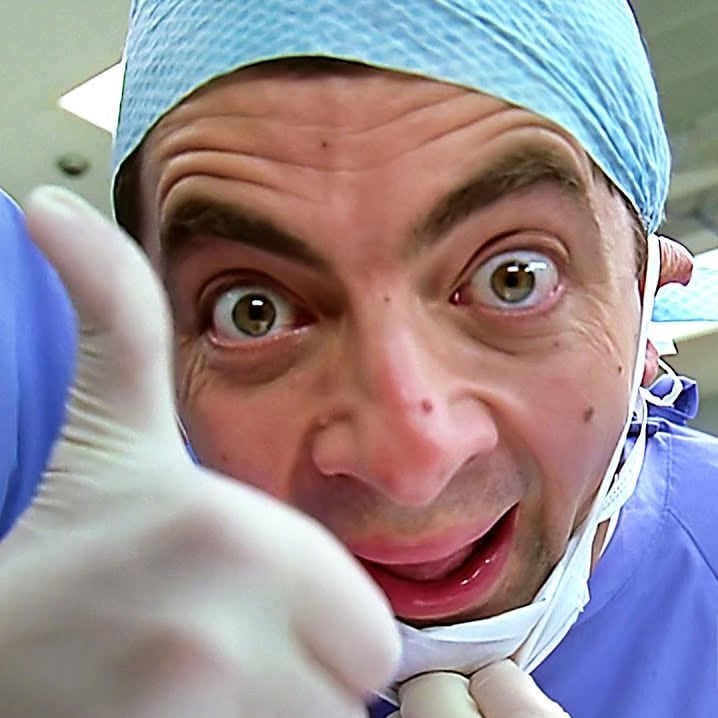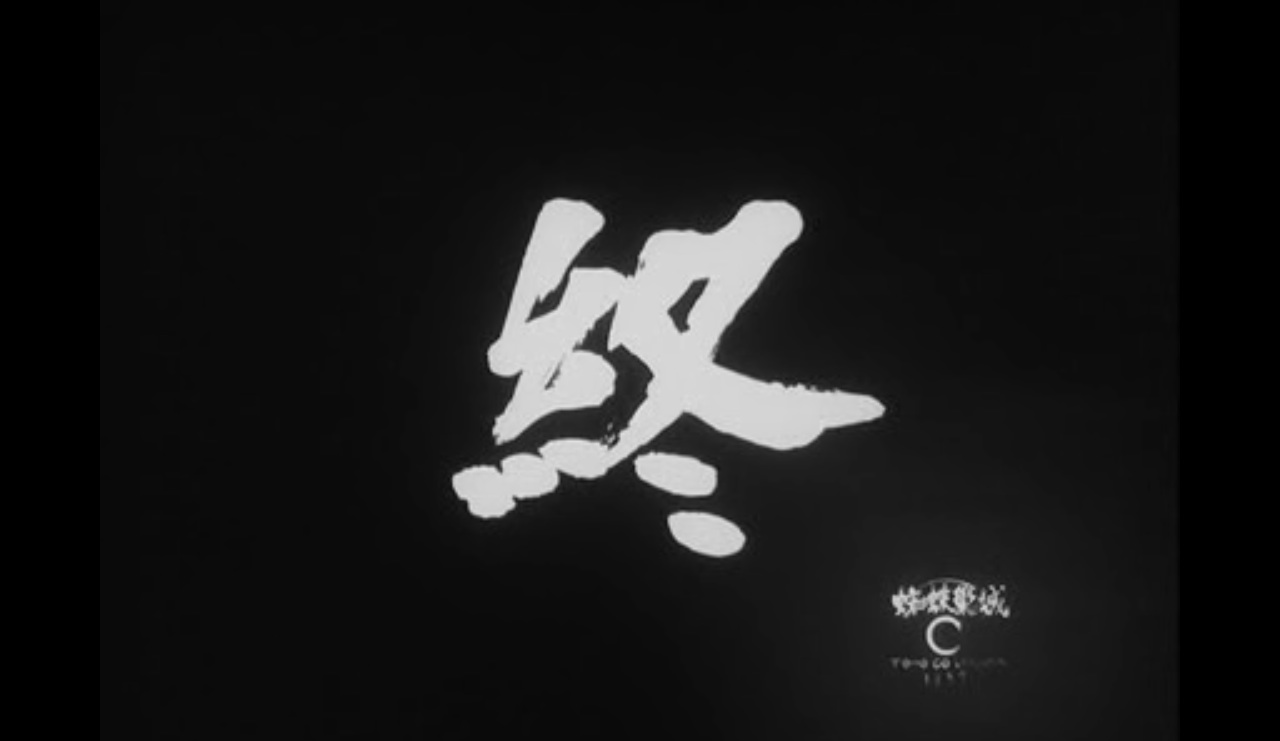Turns out early audio consoles with stereo didn’t have a pan knob. They had a pan switch. So choices were limited to left, right, or center (mono).
Wasn’t til later that the pan pot was invented allowing incremental panning and true stereo mixing.
That’s wild. But theoretically they could make two separate mono tracks, right? For example, a left mono track with 75% of what would have been an isolated left channel + 25% of the right channel and, similarly, a right mono track with 25% of what would have been an isolated left + 75% of the right. Then, sure, pan switch it fully to left and right.
That’s even more complicated.
Exactly. Plus the common use of mastering at the time was to optimize the recorded audio for printing on a vinyl disc, and if the grooves were too deep or the transitions too sharp it could cause the needle to skip out of the track.
If your average listener is going to be listening on a mono device then a smart thing to do would be to pan one thing consistently to one side and the other to the other as the mono needle isn’t going to care where it’s getting its vibrations from. That would give you more resolution and more depth for the cut, as long as the final disc was only played in mono.
I’m not saying that’s the case for every recording but I’m pretty sure it has happened quite a few times back then while they were still figuring everything out.
You have to understand that mixing consoles from that era were supremely limited in channels (think four, eight, later sixteen), to the point where they would often have to mix one section (say, the drums) and then record that mix to tape so it would take up a single channel and then do the guitar, bass, and vocals on another channel. The idea of having two of the same thing going through two channels was an exorbitant luxury they couldn’t afford!
Thank you, that’s the piece of info I never had. If it’s not a Reddit-level fact. The 2 channels were new and people wete trying things out and mind-altering substances were freely available as well, so judgment might have been hogtied at times.
At the time, there was sentiment that it was a way to sell two amplifiers and speakers instead of one, a suspicion furthered by the later arrival of quad, which for many was a bridge too far. Audio places tried that briefly and then went back to selling stereo. And may be why a certain generation looks askance at 5.1 etc.
There were other changes as well, tubes/valves to solid state plus hybrids…when I read about Cloud products in IT, it rhymes, marketing hoodoo inveigling into genuine tech appraisals.
It’s an incorrect comment based on a real thing.
There was equipment with switched panning, but knob panning was so common it was referenced in diy electronic project books aimed at high schoolers.
There are some tube amplifier circuit types where the pan control actually changes directly what signal goes to what grid of what tube, and in those cases it would be useful to have switch instead of pot pan, but there were circuits to mitigate the problems and even tubes intended to take multiple grid inputs by that time.
Another comment explained how a person could work around that problem and get pot pan with split channels and they’re right.
One of the biggest reasons for switched panning was that it wasn’t always clear that you were going for a stereo effect! Often in the case of reinforcing a live band, you had some speaker cabinets for different frequencies and it would be stupid to send the trumpets to the big cabinet meant for the tympani!
Partial panning was also used in lots of the movie versions of stereo and multi source sound from over a hundred years ago so it’s not like switched panning was the only option or something
Switched panning is famously present on mastering machines though for the old (er than single groove stereo) two groove stereo record type.
So switched panning isn’t the reason for the wild mixing of the 50s and 60s, but it did exist.
Thank you, helpful.
There weren’t crossovers for routing signal in live recordings?
In my youth I wanted to learn more about this stuff, but I appeared to be much younger than I was, so was shooed away.
to be 100% clear, i was talking about using a mixer to run sound to make a live band sound bigger, not to record them, but yeah, to this day lots of live sound cabinets are without crossover.
who needs em when there’s a qualified technician with several amplifiers setting everything up and running the board?
I mean this is true but not about the '70s as the original post states. Even by the '60s they had sophisticated stereo audio mixers - they just cost hundreds of thousands of dollars instead of running on people’s phones like today.
Yeah, we had stereo mixing/mastering pretty much down by the 70s I think…
What I think OP might be referring to are albums that were recorded in mono in the 60s, and then released again in stereo in the 70s when the tech only allowed for full L or R panning. Those albums were never meant to be listened in anything but mono though.
The jump from mono to stereo made a lot of engineers’ heads spin. Then again, how many 100% perfect 5.1 albums have you heard?
Actually, I’ve listened to only three 5.1 remixes, all of them phenomenal albums to begin with, and their 5.1 jobs were pretty meh. Yoshimi Battles the Pink Robots came out pretty good, but mainly because they just fucked around and tried stuff.
I hate the “spatial” mixes.
Sometimes they’re done really well, but most of the time it’s just putting different parts of the song in different areas and makes it sound “diluted”.
Like, the guitar is in front of you, then the bass is behind and to the left… why??
You’re missing a key ingredient: Lysergic acid diethylamide.
In all other circumstances I agree with you.
Lysergic acid diethylamide doesn’t fix a bad mix.
You can still hear all the separate instruments surrounding you on a good regular mix, all the spatial does is break the interwoven sound.
Lysergic acid diethylamide doesn’t fix a bad mix.
I mean… Have you ever listened to “Whole Lotta Love” or “Axis: Bold as Love” while tripping balls? Those panning parts are pretty wild.
My understanding is that most (at least rock) music is mixed this way, just subtle enough to help your brain pick out instruments but not enough to consciously notice.
Music is mixed that way, but spatial then takes a hammer to that concept.
It takes away the single interwoven sound and imo sounds like different tracks being played on opposite sides of the room.
I usually try the atmos mix for an album if it’s available on tidal, and usually all it ever does is remove the punch from songs.
Have you ever listened to Zaireeka appropriately? I haven’t, but that must be a headache to line up correctly.
I thought part of the point of Zaireeka is that it is impossible to get it exact every time, so every time you play it it is a unique soundscape.
It was a pain in the ass but me and a buddy got it working once. I was a young teen and this was long before weed helped me see more beauty in music, so I didn’t get much out of it, but as an adult it’d probably be different.
I don’t think it’s supposed to line up “correctly” no?
It’s a life goal!
There’s some cool 5.1 and even 7.1 stuff in classical music (I don’t have a a surround sound setup myself but I hear a lot of talk of it).
Brian Wilson of The Beach Boys, who produced Pet Sounds, was actually deaf in one ear. Despite that, he got along just fine in a monophonic world, but the switch to stereo completely left him behind. It was a huge change in how music was mixed.
And yet Pet Sounds (and even the contemporary stuff they originally recorded for SMiLE but never officially released) still sounds phenomenal to this day despite being in mono.
The man was a wizard.
It makes sense. I bet it’s super hard, especially at first.
It’s largely a headphone problem, at least for me. I can’t listen to a song where certain tracks are completely isolated to one ear. The audio doesn’t need to be mixed perfectly, but I need at least a little bit of each sound in each ear. Otherwise it’s too distracting. My brain hates it.
It’s supposed to sound like the band is in front of you on a stage. Not all mashed into one spot in the center of the stage. You should be able to close your eyes and picture where each drum is positioned. Where the before guitar players are standing. And you should be able to hear the shape of the room. Modern recordings mixed digitally can no longer do this. Then again if you’re streaming Spotify into Bluetooth your missing most of what’s there anyways.
This dvd was great in surround sound
https://www.discogs.com/release/182434-Orbital-The-Altogether-51
Just put it in mono. Now, how can I fix this infamous autotune trend?
Now, how can I fix this infamous autotune trend?
Instrumental-only music?
You mean quantized, snapped-to-the-grid instrumental music? Sigh.
there is plenty of non-quantized instrumental music if you’re willing to look, and even then dismissing all music doesn’t forego a strict grid (which in the modern day is simply a choice and artist can choose to make) is dismissing a massive body of work just because it doesn’t use a technique that you like
Dude/Dudette, it was just a gag comment. Not only am I not really dismissing a massive body of work just because it uses quantization, as someone who’s spent more than half his life writing software synthesis applications, I’ve literally made a career out of quantization.
That being said, music that is not quantized definitely has a more natural feel to it, although putting that “feel” into sequencing software is surprisingly difficult.
As a treble lover, I tend to have problems with low bitrate and lossily compressed stuff.
But from what I haveseenheard, as long as the quanta are fine enough, the resultant regenerated audio tends to be close enough to the original. Of course, the components of the sound card matter, when you get to extreme clarity levels, but I guess my ears are not fine enough for that.
Hey, if the grid is fine enough…
Quarter-notes lol
For me personally? I mean shit like this. Love it ^_^
For you, I have no idea what kind of music you’re into, but there are a ton of options for instrumental.
Brother it’s time to join us in the drum and bass camp
I second this motion. All in favour?
I’m in favor. Atmospheric / jazzy / “intelligent” drum and bass is amazing.
this kind of comment just reminds me of how people used to complain about distortion on electric guitars when it was initially discovered/invented/popularized
For me, your comparison falls short in the sense that electric guitar distortions actually amplified the audio resources musicians had to express ideas and textures. Autotune was initially a tool that also did enhance the set of tools musicians had before it appeared, however, the lack of creative uses compared to the amount of use it gets in the industry, makes it a trope to my ears. Autotune feels like a Marvel Comics hero movie at this point.
Just ignore that crap and put some real shit into your headphones. Like The Cramps - Songs The Lord Taught Us.
Play it loaded.
I just love this kind of personal recommendation instead of the same shit Spotify and every streaming/scrobbling service keeps recommending. Sure I will, thank you.
This would be more early 60’s, mostly because those engineers were working with 2 track stereo which really limits your options. Most artists were recording on at least 8 track stereo by the 70’s.
Exactly. This is a 60s thing, not a 70s thing.
I noticed that I had blown the front left speaker in my first car when bohemian rhapsody was missing vocals. I don’t remember when “a night at the opera” came out, but I’m going to be bold and say the 70s.
Hendrix springs to mind
The Beatles spring to mind for me.
Elea👂👂nor Rigby.
Beatles albums prior to… I want to say The White Album? Or it might have been Sgt. Pepper/Magical Mystery Tour, were recorded in mono and originally released in mono. “Stereo” versions were released (“Fake stereo” AKA recording in mono and panning it to one side or another) which are the ones that sound kinda bad imo. They were never intended to be listened in stereo other than as a novelty.
It wasn’t until their later albums were they actually meant to be listened to in stereo. Eleanor Rigby, being on Revolver, was not recorded with “real” stereo mixing in mind as far as I understand it. If you’re listening to the 2009 Stereo Remasters (the Box Set versions), then they were properly mixed into stereo, and sound pretty good. However, the original experience was always meant to be mono.
Though I’m sure there’s some expert on this shit that knows more than me.
I have all of the remasters, but it’s the newer mixes that really do a great job with stereo. I love the Beatles. :) The Giles Martin mixes really are awesome. I hope he gets to all of them.
What’s interesting is just how different the quality was of some of the stereo releases vs the mono bounces. For an example, the stereo HDCD version of Pet Sounds is a little wack, but even if you joined the two channels to mono it sounds a hundred times better than the shittastic mono release. Got to wonder if they optimized it for AM radio play the way that similarly awful sounding releases in the early 2000s optimized for iPod earbuds.
This is why, when it comes to old music, I always try to listen to it the way it was originally intended.
Pet Sounds, as beautiful as it is, was originally released in mono. It was mastered to be listened to in mono, at a time when stereo was mostly just a novelty.
It wasn’t until much more recently that they’ve taken those masters and created “real” stereo mixes from them. While they can often sound pretty good, they never quite reach the level of the best sounding mono mixes of the same material.
Just my opinion of course.
That may be a thing with some releases, but I’m convinced that the original pet sounds and even the MFSL mono release are very inferior to that one HDCD stereo release. Still I’m listening to in 16bit/44kHz form, but to me it sounds way higher fidelity and likely is closer to the source. I can pick out instruments and sounds that I didn’t hear in the other version.
In general though I find modern ‘remasters’ are horrible and compressed and I think it’s lame that services like Spotify usually have only the most recent (and therefore worst) version of a given album.
May the source be with you
Is that why some 00’s songs sound so compressed?
00s music sounds so shitty because that was when digital music first became a thing. People thought 128kbps bitrate MP3s were acceptable (until they hear that mp3 they got from KaZaa play over the PA at their wedding and realize it sounds like raccoons fighting in a trashcan).
No, like songs I listen to today on Spotify or from TV shows during that era sound weirdly compressed.
I think it’s the tendency of producers in that era, around 2000-2010 was peak Loudness War, and many albums were pushed into clipping. IMO it started getting better through the 2010s as the emphasis on radio charts started to wane and listening habits shifted away from earbuds and portables.
It was the early days of a new technology and way of listening that was completely different compared to the past 60+ years of recorded audio. I guess as a more modern analogy it’s like those cheap 3D films at the height of the fad that felt the need to gratuitously shove objects directly in front of the camera to get the most out of the 3D effect.
Those were the better 3d movies because they at least felt like there was depth. Unlike those modern movies.
The things people did with mixing in the 70s and 80s were revolutionary, and a lot of the sound you hear today was invented in that time. Things like the drum sound in “In the Air Tonight” with compression gating has been used ever since.
https://www.musicradar.com/news/drums/classic-drum-sounds-in-the-air-tonight-590970
Incredible. I’m learning a ton and gaining a huge appreciation of it all thanks to everyone’s comments in this post.
Does make it easier to isolate vocals I guess
And instrumentals.
And vampires
It was designed to show off stereo sound which was still fairly new at the time. I like the way those recordings sound actually.
One of the worst abuses of stereo in my opinion are old Beatles albums. Maybe cuz the tech was somewhat new they were playing far too much? Too much for me anyway
It’s like motion controls. Nintendo came out with the Wii, motion controls were a huge goddamn fad for a few years, and now 2 of the 3 main console manufacturers put a gyro in their controllers which might be used for fine aiming control and that’s about it.
Wild guess but stereo equipment wasn’t a thing in households and it was a way to get the adoption going
I believe that they had stereo mixing pretty figured out by the 70s…
Early-mid 60s though? Sure.
Unless you’re referring to when they started mixing mono albums into stereo, then yeah. Those albums were never meant to be listened in stereo, and I wouldn’t listen to a remaster of any of them unless they were officially approved by the band, or done by the band’s own producer. And even then…
Today’s music is digitally mixed on laptops and has zero dynamic range or feeling. Then again people listen on Bluetooth now so they are only getting 20% of the music anyways. Makes me very sad
Let’s get you back to bed, Rick Beato.
2024 I finally tried some Bluetooth headphones after maybe 10+ years.
Still using SBC by default, still no duplex HD audio, and still static driver noise at idle.
What is even the point lol. SBC-XQ only solves the first problem which is still inferior to even the cheapest of quality 3.5mm cable.
Even my Nintendo DS sounds better and it’s limited to 32Khz audio lol.
Jeez, were one of the two devices 10 years old? That hasn’t been my experience for a long time (except the duplex audio issue. I can’t believe it’s still terrible.)
Then again, I mostly use BT for the convenience. Being able to do yard work with zero wires is amazing.
I wonder what you would think of LDAC if you’d ever try that
Tried it and still a big difference between plugged in with a nice dac
My dad had some albums, maybe Mike Oldfield or others…there was a train going through a station, and hearing it pass from left to right in stereo was amazing at the time
The early days of stereo (which is what you’re talking about, the recordings of 70s which aren’t using stereo as an “effect” almost universally have the vocals panned to the center. The old way to take the vocals out of a recording was to adjust how much of the signal present equally on both channels was allowed to be played) were all about two things: backwards compatibility with mono systems and giving people with stereo systems a recognizable effect no matter what goofy system they had.
Wild panning accomplishes both goals.
Studio engineering that used the stereo format to create the illusion of a room or capture the sound of the room the players were playing in wasn’t developed yet and came from the experimental stereo recordings that sound crazy now like silver apples of the moon.




















